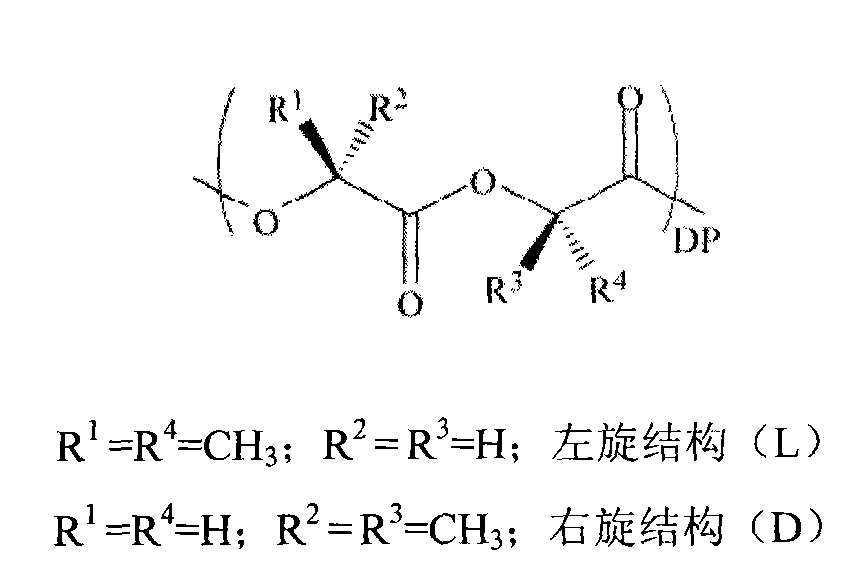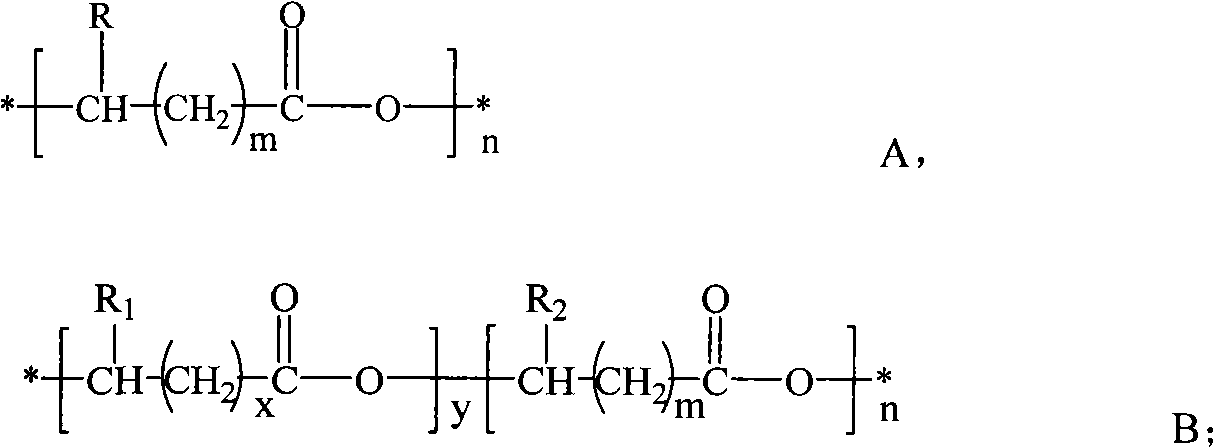Bamboo powder filled biomass-based resin composite material and preparation method thereof
A bio-based resin, composite material technology, applied in the field of environmentally friendly composite materials, can solve the problems of poor material cutability, no molecular weight size, left-handed or right-handed structure, difficult extrusion or injection molding, etc., to improve the interface. Compatibility and bond strength, superior environmental absorbability, and the effect of improving overall performance
- Summary
- Abstract
- Description
- Claims
- Application Information
AI Technical Summary
Problems solved by technology
Method used
Image
Examples
Embodiment 1
[0059] 20 parts of spare bamboo powder (mass parts, the same below), 0.8 parts of titanate coupling agent (NDZ-311) are fully stirred evenly, and then mixed with 80 parts of polylactic acid (PLA) after drying treatment, the polylactic acid Mw=110,000, L content 67%, mass ratio 1010:168 0.4 part of mixed antioxidant, 0.2 part of UV-571 ultraviolet absorber, knead fully at high speed for 18 minutes, pour into twin-screw extruder while hot In the extruder, extrude and granulate under the conditions of a die head temperature of 180° C. and a screw speed of 80 rpm to obtain uniformly mixed pellets. In the next step, the mixed pellets are injected into an injection molding machine at a nozzle temperature of 175° C., and matched with a knife and fork mold to obtain a disposable knife and fork product.
Embodiment 2
[0061] Fully stir 30 parts of spare bamboo powder (parts by mass, the same below), 1.2 parts of silane coupling agent (KH-550), and then mix with 70 parts of polyhydroxybutyrate-valerate (PHBV) after drying , the Mw=120,000 of this PHBV, HV% is 4%, 0.3 part of 168 antioxidants, mass ratio UV-531: UV-284 is 0.3 part of mixed ultraviolet absorber of 1: 2 and fully kneads together in high-speed mixer 25 Minutes later, it was poured into a twin-screw extruder while it was hot, and pelletized under the conditions of a die head temperature of 169° C. and a screw speed of 110 rpm to obtain uniformly mixed pellets. In the next step, the mixed pellets are melted and extruded at 170°C, hot-pressed on a sheet forming machine at 170°C and 11MPa, and sheets with different thicknesses are obtained by adjusting the spacing between pressing rollers (0.6-3mm). Under positive pressure or negative pressure, the sheet is made into different shapes of disposable lunch boxes, plates, flower pots an...
Embodiment 3
[0063] 20 parts of spare bamboo powder (mass parts, the same below), 0.8 part of silane coupling agent (KH-570) are fully stirred evenly, and then with 80 parts of polyhydroxybutyrate (PHB) after drying treatment, the PHB Mw=150,000, 0.4 part of 1010 antioxidant, 0.4 part of mixed ultraviolet absorber with a mass ratio of UV-531:UV-284 of 1:4, fully kneaded in a high-speed mixer for 28 minutes, poured into the twin-screw while hot In the extruder, the pellets were granulated under the conditions of a die head temperature of 175° C. and a screw speed of 90 rpm to obtain uniformly mixed pellets. In the next step, the mixed granules are introduced into the injection molding machine for injection molding. The temperature of the nozzle is 180°C, and the matching molds such as flower pots and knives and forks are used to obtain disposable flower pots, knives and forks and other products.
PUM
 Login to View More
Login to View More Abstract
Description
Claims
Application Information
 Login to View More
Login to View More - R&D
- Intellectual Property
- Life Sciences
- Materials
- Tech Scout
- Unparalleled Data Quality
- Higher Quality Content
- 60% Fewer Hallucinations
Browse by: Latest US Patents, China's latest patents, Technical Efficacy Thesaurus, Application Domain, Technology Topic, Popular Technical Reports.
© 2025 PatSnap. All rights reserved.Legal|Privacy policy|Modern Slavery Act Transparency Statement|Sitemap|About US| Contact US: help@patsnap.com



